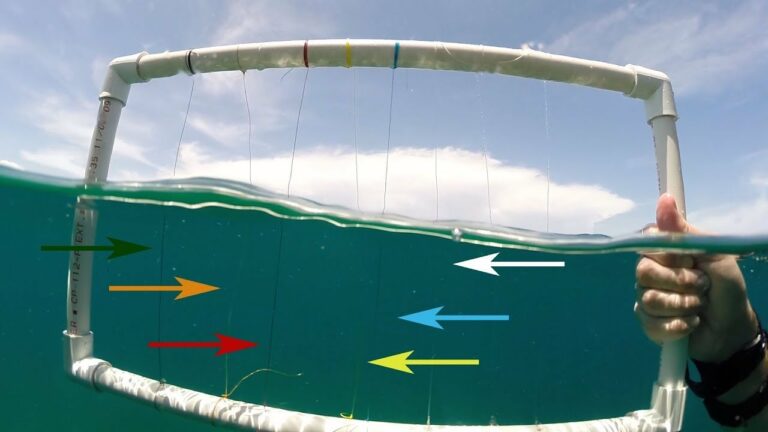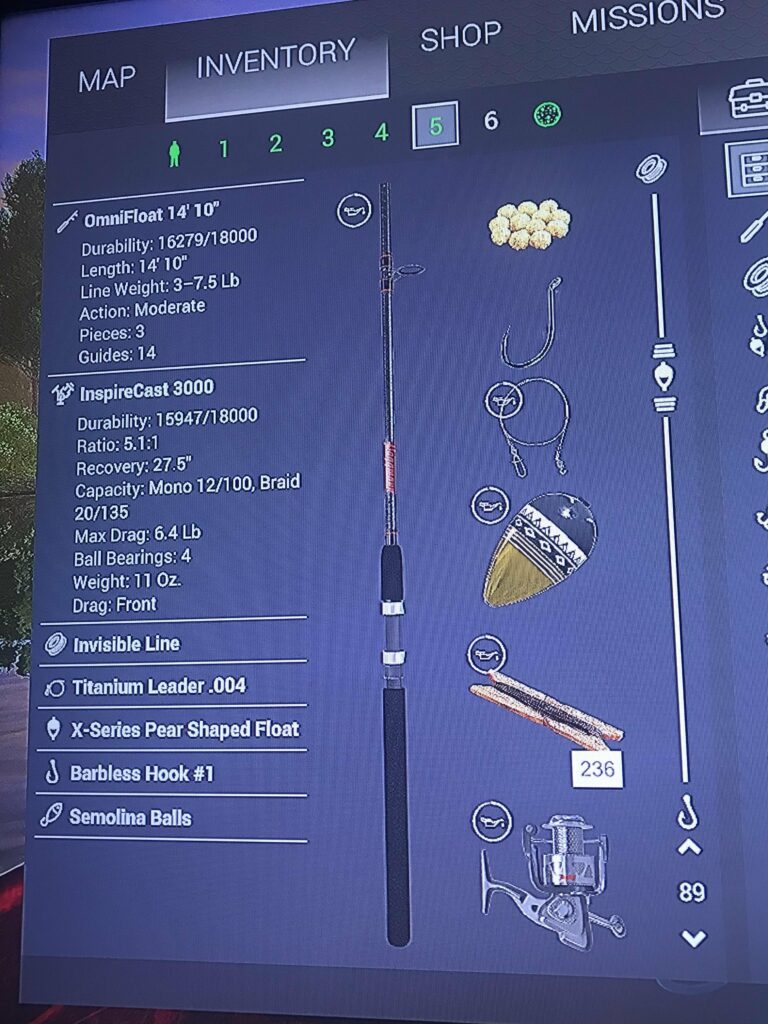How Weather Conditions Impact Bluegill Fishing (Full Guide)
Bluegill fishing is a popular recreational activity that can be enjoyed by anglers of all ages and skill levels.
While many factors can affect the success of a fishing trip, weather conditions play a significant role in determining the behavior and feeding patterns of bluegills.
In this comprehensive guide, we will explore how various weather conditions impact bluegill fishing and provide tips to maximize your chances of a successful catch.
How Weather Conditions Impact Bluegill Fishing:
Understanding Bluegill Behavior:
Before delving into the influence of weather conditions on bluegill fishing, it is essential to understand the behavior of this species.
Bluegills are a type of sunfish that thrive in freshwater lakes, ponds, and rivers across North America.
They are known for their aggressive nature and willingness to bite on various baits and lures.
However, their feeding patterns and activity levels can be influenced by external factors such as weather.
The Impact of Temperature:
Temperature is one of the most crucial weather factors affecting bluegill behavior. Bluegills are cold-blooded creatures, meaning their body temperature is influenced by the surrounding environment. As water temperature changes, so does their metabolism and feeding habits.
Cold Water Fishing:
During colder months or early spring when water temperatures are below 60°F (15°C), bluegills tend to be less active and feed less frequently.
They prefer slower-moving baits such as small jigs or live bait presented near the bottom.
Look for areas with deeper water or structures like fallen trees where bluegills may seek shelter from the cold.
Warm Water Fishing:
As water temperatures rise above 60°F (15°C) and reach their peak during summer, bluegills become more active and aggressive in their feeding behavior.
They move closer to the shallows and can be found near weed beds, lily pads, or submerged structures.
Topwater baits, small spinners, or live worms are highly effective during this period.
Transition Periods:
During transitional periods, such as spring-to-summer or summer-to-fall, when water temperatures gradually change, bluegills may exhibit varying feeding patterns.
Pay attention to temperature fluctuations and adjust your fishing techniques accordingly.
The Influence of Light Conditions:
Light conditions also play a significant role in bluegill fishing as they affect the visibility and behavior of these fish.
Bright Sunny Days:
On bright sunny days, bluegills tend to seek shelter in shaded areas or deeper water to avoid direct sunlight. Look for areas with overhead cover such as docks, fallen trees, or aquatic vegetation. Use stealthy approaches and present your bait in these shaded spots for optimal results.
Overcast Days:
Overcast days can be advantageous for bluegill fishing as they reduce the amount of light penetrating the water. Bluegills feel more secure and comfortable moving around in search of food in these conditions. Use a variety of baits such as small jigs, flies, or live bait to entice bluegills during overcast days.
Low Light Conditions:
During dawn and dusk or on cloudy days when light levels are low, bluegills become more active and willing to bite. These are prime times for using topwater lures or small poppers to attract bluegills near the water’s surface.
Wind and Water Movement:
Wind and water movement can have a significant impact on bluegill fishing by influencing the availability and distribution of their food sources.
Windy Conditions:
In general, bluegills become more active and easier to catch when there is a gentle breeze or light wind.
The wind creates ripples on the water’s surface, which can disorient small insects or other prey that bluegills feed on.
Focus on windblown shorelines or areas where waves break against structures like rocks or fallen trees.
Calm Conditions:
On calm days with little to no wind, bluegills may become more cautious and harder to catch.
In these situations, it is crucial to present your bait or lure with finesse and precision. Use lighter tackle and smaller baits to mimic natural prey effectively.
Water Currents:
Bluegills are opportunistic feeders and thrive in areas with gentle currents that bring food to them.
Look for areas with inflows or outflows such as creek mouths or narrow channels where water movement concentrates food sources. These spots can be highly productive for catching bluegills.
Barometric Pressure and Weather Fronts:
Barometric pressure, often associated with weather fronts, can have a profound impact on bluegill behavior.
High-Pressure Systems:
During periods of high barometric pressure, bluegills may become less active and more sluggish in their feeding behavior.
It is necessary to adjust your fishing techniques accordingly by using slow-moving baits presented at various depths until you find where the bluegills are holding.
Low-Pressure Systems:
Low-pressure systems, often associated with approaching storms or rain, can trigger increased feeding activity among bluegills.
Bluegills are known to feed more aggressively before a storm front arrives. Take advantage of these conditions by using fast-moving baits or lures to entice bites from hungry bluegills.
Weather Fronts:
As weather fronts pass through an area, they can cause rapid changes in barometric pressure, temperature, and wind direction.
These changes can initially disorient bluegills but also present opportunities for increased feeding activity once the front stabilizes.
Focus your efforts on fishing before and after weather fronts for the best chances of success.
Conclusion:
Weather conditions have a significant influence on the behavior and feeding patterns of bluegills, making it crucial for anglers to adapt their strategies accordingly.
By understanding how temperature, light conditions, wind movement, and barometric pressure affect bluegills, you can increase your chances of a successful fishing trip.
Remember to stay observant and flexible in response to changing weather conditions, as this will ultimately lead to a more productive and enjoyable experience on the water. Happy fishing!

